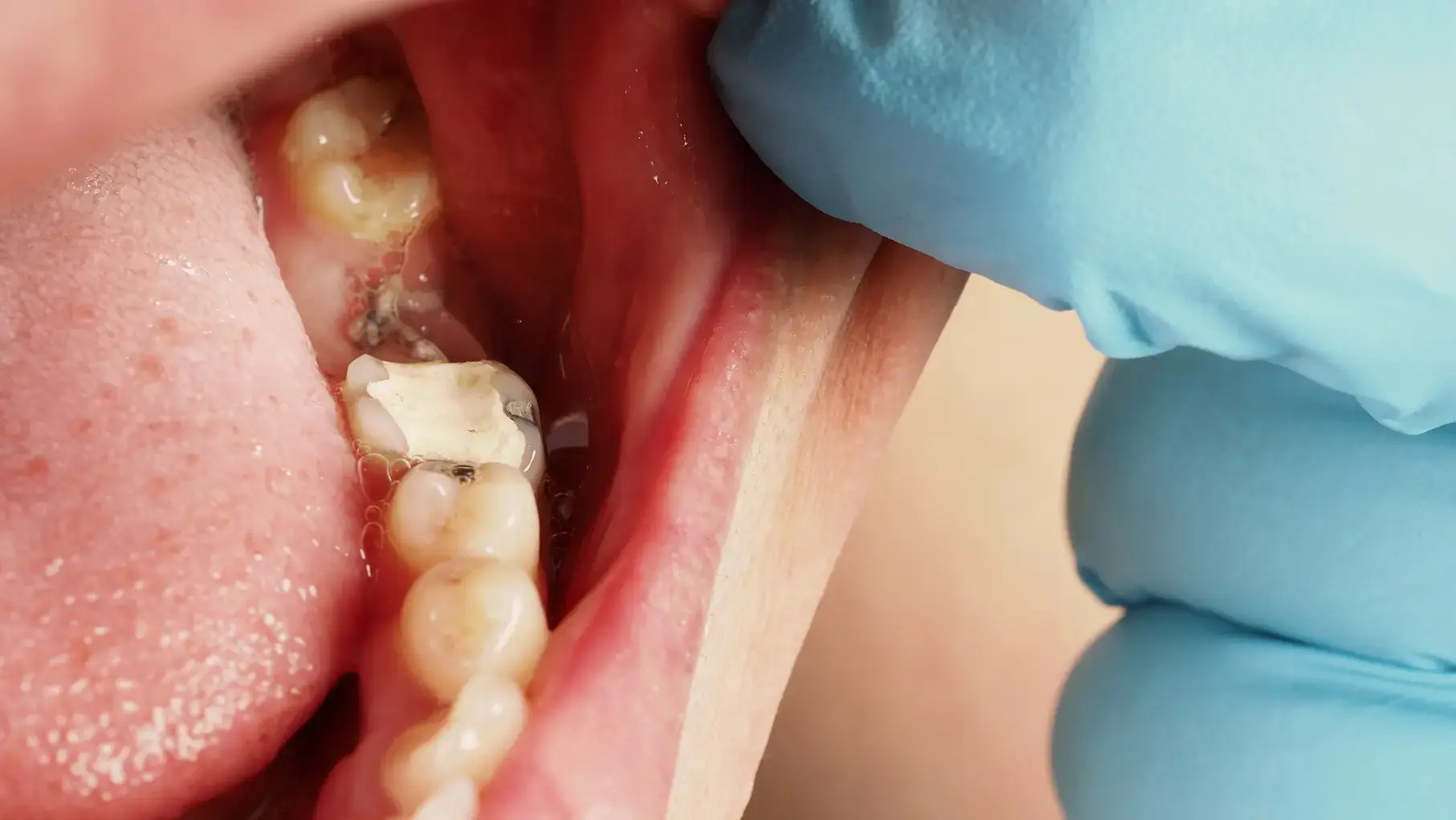
Among the most common and effective restorative dentistry procedures, dental fillings or restorations are used to repair teeth that are broken, worn out, or decayed. It not only preserves the structure of the tooth, but also helps in restoring its function by putting it back in its original shape and size.
Types of Dental Fillings
There are different types of fillings based on their main component, strength, and aesthetic appeal:
- Amalgam Fillings:
- Mixture of metal alloys of tin, copper, silver, and mercury
- Due to their high strength, they are an ideal fit for areas bearing high pressures, such as during chewing.
- Though they are high in strength, metal they are darker, which makes them unesthetic
- Composite Fillings:
- Processed with fine particles of glass and other material
- Lighter in shade, which makes them an ideal choice in areas of aesthetic appeal
- Less durable as compared to amalgam, though they can be used in areas of less pressure-bearing areas.
- Ceramic Fillings:
- Made up of porcelain and considered very durable and aesthetically pleasing
- Gold Fillings:
- These are made up of gold alloys and are durable, but less aesthetically pleasing
- Very expensive
- Glass Ionomer Fillings:
- Mixture of acrylic and a specific type of glass.
- Protect teeth from further decay as they release fluoride
- Excellent choice for use in dental fillings of children and decay near the gumline
Who needs Dental fillings?
Individuals suffering from chipped, decayed, or fractured teeth, those having dental sensitivity towards sweet, cold, hot, etc.
Process of getting a filling
1. Dental examination
The dentist thoroughly examines your teeth to assess decay.
2. Decay Removal
During the examination, if the dentist suspects decay, they might take an X-ray & can suggest the removal of decay using dental tools. For painless treatment, the dentist may also administer sedation or numb the surrounding area using local anesthesia.
3. Filling
Dentists pick the type of filling based on how much decay there is and where it’s located. You can also talk with them about the different filling materials they might use.
4. Finishing
To give the filling a natural appearance as per the pits and fissures of the tooth and to smooth the filling, the dentist will polish the filling.
Why Dental Fillings are important?
- They restore natural functioning by altering the shape and function of the decayed tooth
- Fillings seal any existing areas where chance of bacteria, plaque accumulation, further avoiding damage to the tooth
- Fillings made up of ceramic or composite materials are highly aesthetically pleasing, so teeth are naturally preserved along with protecting them from decay
Risks and Considerations
- In rare instances, an individual could experience adverse reactions to the materials used in amalgam dental fillings due to the presence of mercury.
- After a filling, particularly with composite materials, some patients may have temporary sensitivity.
- Over the years, fillings may break, wear down, or fall out, requiring replacement.
Don’t Wait – Protect Your Teeth Today!
Cavities don’t heal on their own. Early intervention with dental cavity filling can save your tooth and prevent further complications. Book a virtual dental consultation at Teledentistry.com and take the first step toward a healthier smile!
Frequently Asked Questions
When is the right time to get a filling?
Tooth sensitivity, visible cavities or discoloration, chipped or cracked teeth, and pain while biting are signs that you could require a filling.
What type of fillings are available for the teeth?
Dental fillings are available in various types, each with particular advantages and applications. These include amalgam, composite, ceramic, gold, and glass ionomer.
Considering composite and amalgam fillings, which is superior?
How long do they last?
An amalgam filling can last up to 10 years, whereas a composite filling can last 5 to 10 years. The lifespan of a dental filling is dependent on the material used.
Is the filling process uncomfortable?
The procedure is painless though if any individual seems uncomfortable then the dentist might use local anesthesia to numb the area.
After receiving a filling, may I eat right away?
Usually upto 24 hour its advisable to eat soft and light food.As to give time to filling to settle up
Can fillings in the teeth come out?
Fillings may deteriorate, come loose, or fall out with time, particularly if they are subjected to extreme pressure from clenching or grinding teeth. It's critical to get routine dental exams to keep an eye on the state of your fillings.
What should I do if my filling comes out?
Contact with your dentist right away to get your filling replaced if it falls out and to avoid further damage
How do I care for my teeth after getting a filling?
What is the cost of dental fillings?
It depends on the material and size of decay and location of the tooth .While amalgam fillings are less costly then Composite or ceramic filling due to their aesthetic appeal
